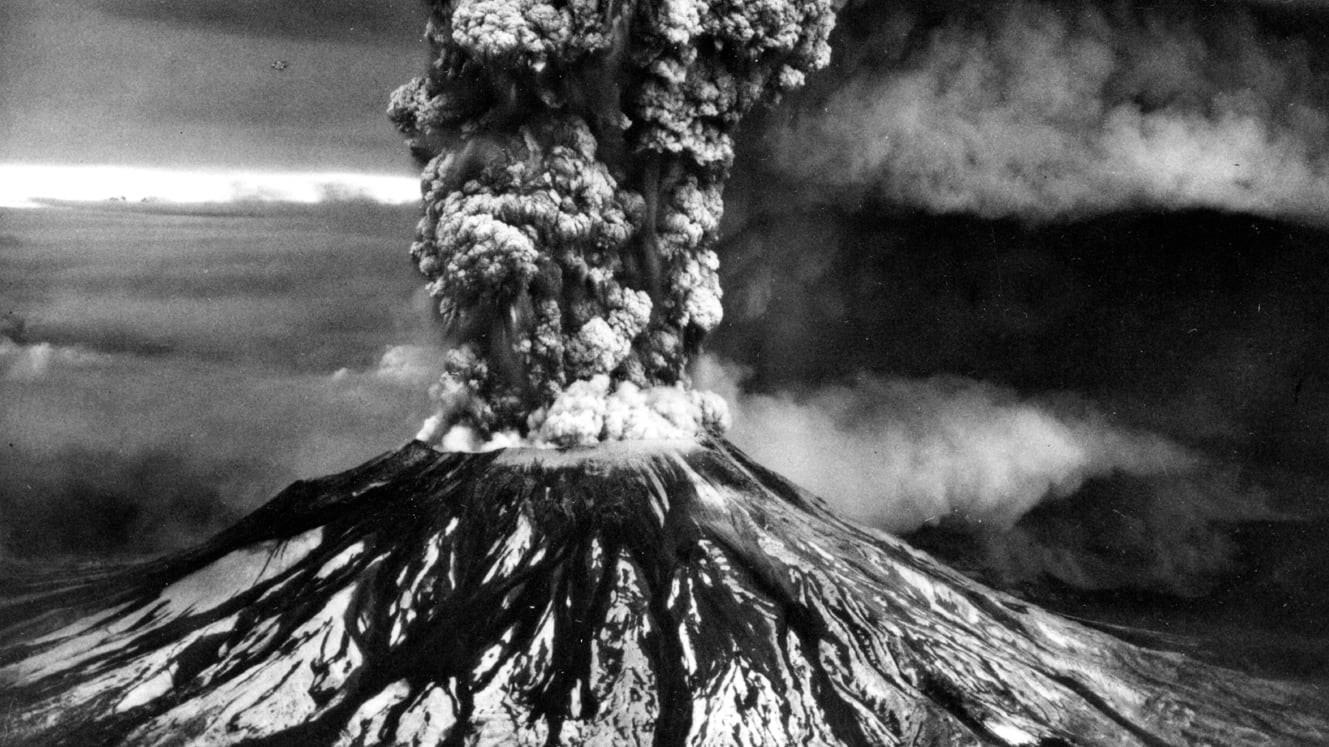Hey Portlanders: Did you know we live in a steaming epicenter of seismic and volcanic danger?
For the first time in over a decade, the U.S. Geological Survey updated its volcano threat activity list—essentially a ranking of how hazardous the nation's 161 active volcanoes are to surrounding communities—and Southwest Washington's Mount St. Helens and Mount Rainier ranked number two and three, respectively.
U.S. updates its volcano threat assessments. The top 5:
— AP Health & Science (@APHealthScience) October 25, 2018
1. Kilauea, Hawaii
2. Mount St. Helens, Washington
3. Mount Rainier, Washington
4. Redoubt Volcano, Alaska
5. Mount Shasta, California
STORY: https://t.co/ed7pUjJGG4
In the new ranking, first reported by the Associated Press, Central Oregon's Newberry Volcano also saw a rising threat score.
The Pacific Northwest peaks are among a dozen in the U.S. that have increased in danger since 2005. Number one on the list is Hawaii's Kilauea, which has been active and erupting since 1983.
Mount St. Helens last erupted in 1980, killing 57 people. In a 2005 retrospective on the event, WW wrote: "So much debris fell that 31 ships stranded in the Columbia River, and Portland was blanketed in a apocalyptic layer of gritty ash that puffed up from the ground with every step."
Mount Rainier has been dormant for much longer. Its last recorded eruption was in 1894. But, according to a recent report from National Geographic, the volcano is considered by some geologists to be the most dangerous in the world.
Janine Krippner, volcanologist at Concord University, tells National Geographic, Rainier's eruption could set off lahars—violent flurries of mud and flood water that cascade down mountains as summit glaciers melt quickly.
"Lahars can lift houses. They can overtake a bridge. They can take the bridge with it," Krippner says.
She notes an eruption would do most of its damage to Seattle and Tacoma.
In Portland, geologists with Portland State University also announced earlier this week, a newly discovered set of fault lines could trigger a 7.2 magnitude earthquake in the area in the unforeseeable future.
So you can now add hazards like ash clouds, deadly mudslides and crestal fault earthquakes the looming Big One—the Cascadia subduction zone earthquake—that we were all already worried about.
